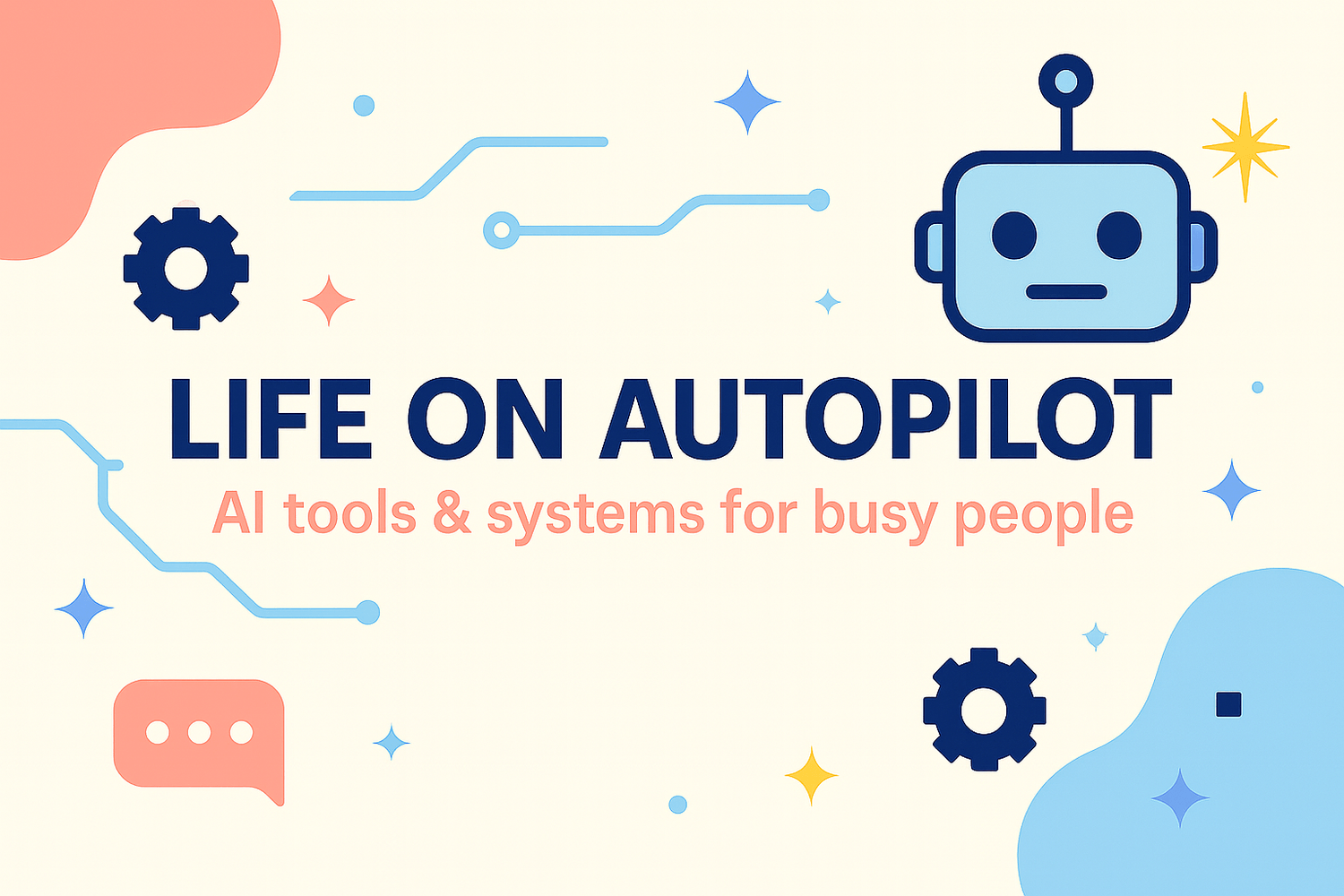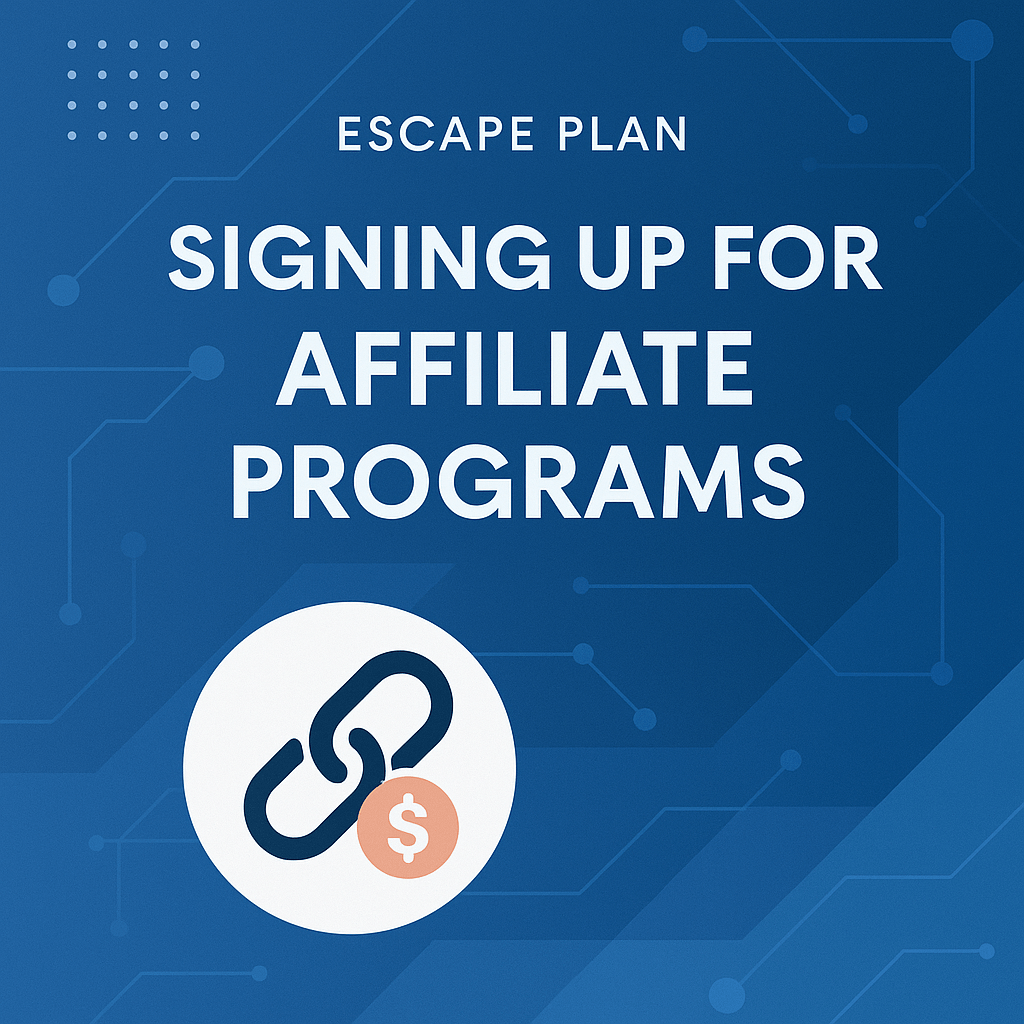Escape Plan Step: Signing Up for Affiliate Programs + Linking Them to Your Blog
When I say “no gatekeeping,” I mean it. Here’s exactly how I’m setting up affiliate programs, researching profitable niches, and integrating them into my blog so you can follow along step by step.
Step 1: Choosing a Profitable Niche First
Before signing up for any affiliate programs, I started by choosing a profitable niche that made sense for me:
✅ AI tools, automation, and productivity—things I actually use daily.
I used ChatGPT to brainstorm niche ideas and refine my focus. I also cross-referenced trend and keyword tools like:
AnswerThePublic (real user search queries)
Google Trends (rising searches in my niche)
BuzzSumo (viral content ideas)
YouTube (searching “affiliate marketing niches” & step-by-step guides)
This helped me validate that there’s demand and money in my niche before diving in.
Step 2: Finding High-Paying Affiliate Programs
Once I had my niche, I researched affiliate programs that align with it. I didn’t just sign up randomly—I cross-referenced programs across affiliate networks like:
ShareASale
CJ Affiliate
PartnerStack (great for SaaS and AI tools)
I used ChatGPT and YouTube tutorials to compare commission rates, approval requirements, and payout schedules, focusing on programs that are high-value and match my niche.
Step 3: Starting with Tools I Actually Use
I began with tools I use daily in my business:
Systeme.io – My funnel builder, email automation hub, and even my blog host.
CustomGPT.ai – My personal AI assistant for drafting blogs, writing emails, and speeding up my workflow.
These aren’t just recommendations—they’re core parts of my Escape Plan, which is why they fit naturally into my content.
Step 4: Linking Them Into My Blog
Here’s exactly how I added my affiliate links:
Contextual links inside blog posts (like the ones above).
A dedicated “Tools I Use” page on my blog.
Embedding them in my lead magnet (Autopilot Starter Pack).
Linking them in my welcome email sequence so they generate passive income automatically.
Step 5: How ChatGPT & Research Made It Easier
I leaned on ChatGPT to:
Generate lists of affiliate programs in my niche.
Help evaluate which programs pay best and fit my audience.
Draft blog content that positions tools like Systeme.io and CustomGPT.ai as solutions, not sales pitches.
I also watched YouTube videos on affiliate marketing to deepen my understanding of trends, funnels, and how successful bloggers monetize step by step.
Step 6: Keep It Transparent & Build Trust
I always include a disclosure like this:
"This post contains affiliate links, which means I may earn a commission if you purchase through them at no extra cost to you. I only recommend tools I personally use and trust."
This builds credibility and keeps things 100% clear.








